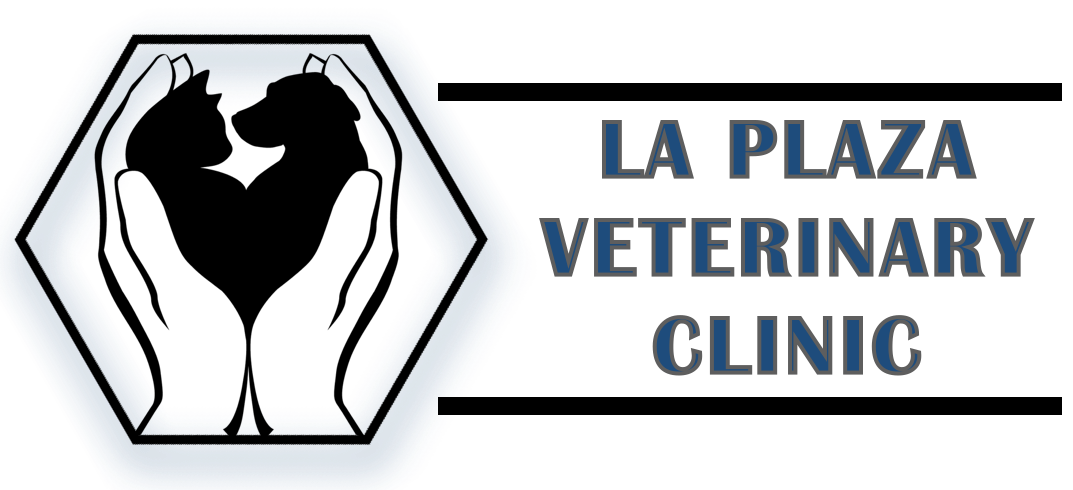Library
-
Chemotherapy drugs are used to treat cancer and other conditions in people and animals, and often target and kill rapidly dividing cancer cells, but normal, healthy cells that grow quickly may also be affected. Side effects of ingestion can include stomach upset, neurological signs, bone marrow suppression, and organ damage.
-
Cherry eye is a common name for a prolapsed third eyelid gland. The gland is mainly responsible for tear production in the eye, and treatment is recommended to prevent long-term damage. Treatment involves surgical replacement of the gland, though some dogs will have a recurrence of the problem.
-
The Chesapeake Bay Retriever is truly an American dog, developed for the dedicated hunter, come fair weather or foul. Chessies love water sports including boating, swimming, retrieving, and dock diving.
-
Cheyletiellosis is an uncommon but highly contagious skin parasite of dogs, cats, humans, and rabbits, caused by Cheyletiella mites.The most important clinical sign is scaling or dandruff. Cheyletiella mites are susceptible to most topical insecticides and the prognosis is excellent.
-
The smallest member of the dog world, the Chihuahua has a giant personality to make up for his tiny size. Bright, alert and a little bit saucy, the companionable Chi wants to be with you, perched on your shoulder, resting in the crook of your arm, or carried in your purse.
-
The birth of a baby or the adoption of a new child can be associated with both excitement and stress. It is important to prepare your pet for the new addition. Before the baby arrives, introduce novel sounds and scents, and be sure your pet has access to safe resting spaces. Socialize your young pet to children from the start. Children should be directly supervised by an adult when they interact with pets.
-
Children often have very close relationships with pets, and especially with cats. Losing a pet cat is inevitable and may be the child's first experience of death, but there are ways for parents and others to help the child cope with it. With care and support, your child can grow through the grief and heal.
-
Children often have very close relationships with pets, and especially with dogs. Losing a pet dog is inevitable and may be the child's first experience of death, but there are ways for parents and others to help the child cope with it. With care and support, your child can grow through the grief and heal.
-
It is important to prepare your dog for a new baby, particularly if the dog has not been exposed to children before. Most dogs readily accept infants after an initial period of adjustment and curiosity. Even the friendliest dog should be supervised when the baby is nearby.
-
Chin acne in cats is a poorly understood disorder of follicular keratinization (the overproduction of keratin, a protein found in the outer layer of skin). If this excess keratin is trapped in the hair follicle, comedones (blackheads) form. Pustules (pimples) may form if bacteria infect the comedones. The underlying causes are not fully understood but may be associated with excess sebum production, viral infection, immunosuppression, stress, or poor grooming. Treatment options are available and often involve improved hygiene.



